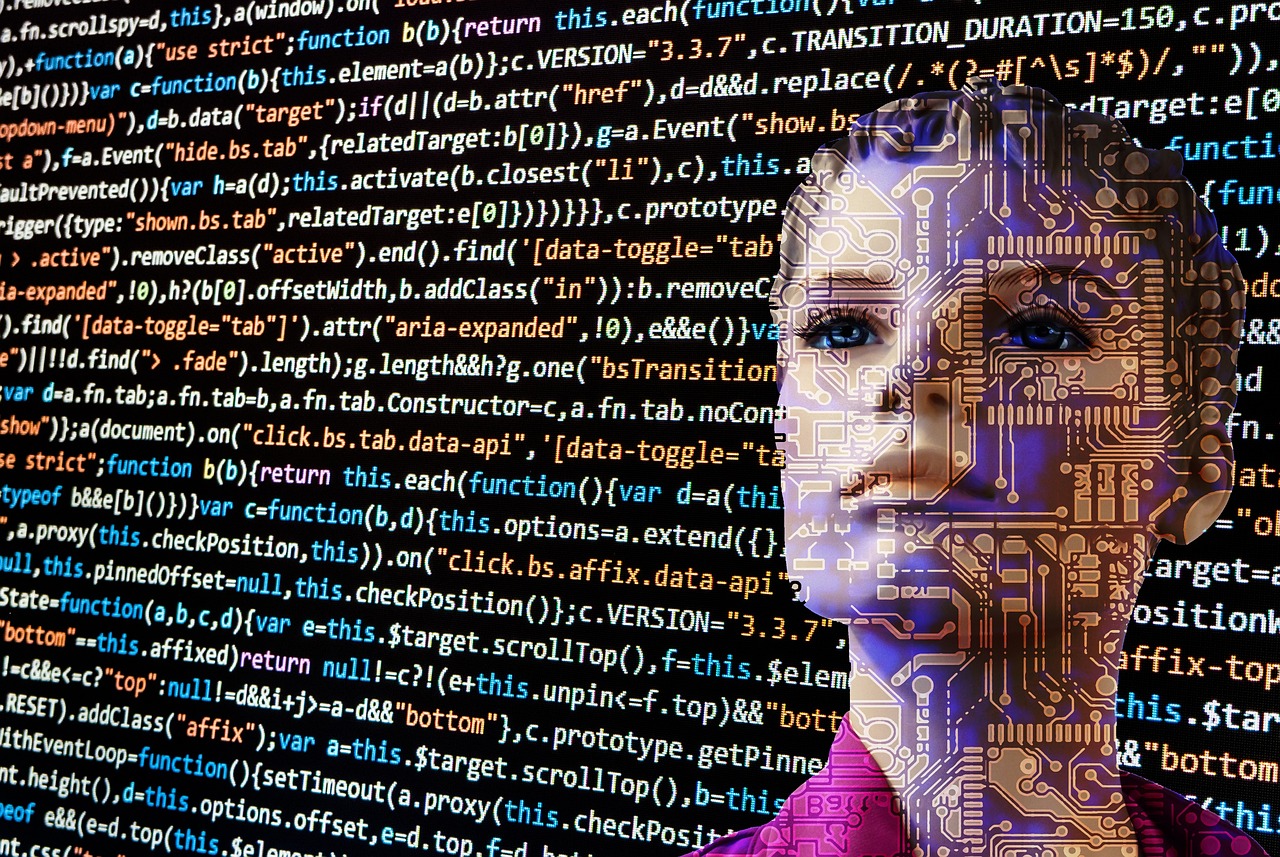The idea of humanoid robots, machines built in the image of humans, has captivated our imagination for decades. From science fiction fantasies to cutting-edge engineering realities, these robots are rapidly evolving and poised to transform industries, redefine human-machine interaction, and reshape our understanding of what’s possible. This post explores the world of humanoid robots, examining their capabilities, applications, and the ethical considerations surrounding their development.
What are Humanoid Robots?
Humanoid robots are robots designed to resemble the human body, often with a torso, a head, two arms, and two legs. The purpose of this design can vary, ranging from simply mimicking human appearance to enabling interaction with tools and environments designed for humans. Beyond mere aesthetics, the physical design of humanoid robots is intended to allow them to perform tasks and navigate spaces designed specifically for human beings.
Key Features of Humanoid Robots
- Anthropomorphic Design: This is the defining feature. Humanoid robots strive to replicate human-like form and proportions.
- Sensors: They utilize a variety of sensors, including cameras (for vision), microphones (for audio), force sensors (for touch and balance), and gyroscopes (for orientation and stability). These sensors allow them to perceive their surroundings and interact with them effectively.
- Actuators: These are the “muscles” of the robot, usually electric motors, hydraulic cylinders, or pneumatic systems, that provide the power for movement. The precision and power of these actuators directly impact the robot’s dexterity and strength.
- Control Systems: Sophisticated control systems, often utilizing advanced algorithms and artificial intelligence, are crucial for coordinating movement, processing sensor data, and making decisions.
- Power Source: Humanoid robots require a power source, typically batteries, although some research explores alternative methods such as fuel cells or wireless power transfer.
Examples of Humanoid Robots
- Atlas (Boston Dynamics): Known for its impressive agility and ability to perform parkour-like maneuvers, Atlas is a research platform for exploring advanced locomotion and manipulation.
- Pepper (SoftBank Robotics): Designed for social interaction, Pepper can recognize faces, understand emotions, and respond to verbal cues. It’s commonly used in retail and customer service roles.
- Sophia (Hanson Robotics): Sophia is a social humanoid robot known for its realistic facial expressions and ability to engage in conversations. Though sometimes controversial, it serves as a platform to explore AI and human-robot interaction.
- ASIMO (Honda – Discontinued): While ASIMO is no longer in development, it represents a significant milestone in humanoid robotics, showcasing impressive walking, running, and object manipulation capabilities.
Applications of Humanoid Robots
Humanoid robots are finding applications in various sectors, offering unique advantages in different tasks and environments. Their ability to mimic human movements and interactions opens up possibilities that traditional robots may not be suited for.
Industrial Automation
- Assembly Line Tasks: Humanoid robots can perform repetitive tasks on assembly lines, potentially increasing efficiency and reducing errors. Their ability to adapt to existing infrastructure designed for human workers can be advantageous. For example, a humanoid robot could be programmed to perform quality control checks on manufactured parts or assemble complex electronic components.
- Maintenance and Repair: They can be deployed in hazardous environments or confined spaces to perform maintenance and repair tasks on machinery and equipment. This reduces the risk to human workers and allows for more efficient maintenance operations.
- Logistics and Warehousing: Humanoid robots are being explored for picking, packing, and sorting items in warehouses, potentially speeding up order fulfillment and reducing labor costs.
Healthcare
- Assisted Living: Humanoid robots can assist elderly or disabled individuals with daily tasks, such as medication reminders, mobility assistance, and companionship.
- Rehabilitation Therapy: They can be used in rehabilitation programs to help patients regain motor skills and improve their physical function. Robot-assisted therapy can provide consistent and personalized treatment.
- Surgery: While not yet widespread, humanoid robots are being developed for assisting surgeons with complex procedures, enhancing precision and minimizing invasiveness.
Service Industry
- Customer Service: Humanoid robots can provide information, answer questions, and assist customers in retail stores, hotels, and airports.
- Hospitality: They can be used as concierges, waiters, or bartenders, offering a unique and engaging experience for customers.
- Education: Humanoid robots can serve as tutors or teaching assistants, providing personalized learning experiences for students.
Search and Rescue
- Disaster Response: Humanoid robots can be deployed in disaster zones to search for survivors, assess damage, and deliver supplies. Their ability to navigate difficult terrain and operate in hazardous conditions makes them valuable in emergency situations.
- Hazardous Environment Exploration: They can be used to explore contaminated areas or perform inspections in environments that are too dangerous for humans.
The Technological Challenges
Developing sophisticated humanoid robots presents significant technological challenges that researchers and engineers are continually striving to overcome.
Power and Energy Efficiency
- Battery Technology: Current battery technology limits the operating time of humanoid robots. Developing more energy-dense and efficient batteries is crucial for enabling longer missions and autonomous operation.
- Energy Harvesting: Research is underway to explore energy harvesting techniques, such as solar power or kinetic energy capture, to supplement battery power and extend operational range.
- Efficient Actuators: Designing actuators that minimize energy consumption while maximizing power output is essential for improving energy efficiency.
Balance and Locomotion
- Dynamic Stability: Maintaining balance and stability while walking, running, or navigating uneven terrain is a complex control problem. Algorithms that can predict and compensate for disturbances are crucial.
- Terrain Adaptation: Humanoid robots need to be able to adapt to different types of terrain, such as stairs, slopes, and obstacles.
- Gait Planning: Developing efficient and natural-looking gait patterns is essential for improving mobility and reducing energy consumption.
Dexterity and Manipulation
- Hand Design: Creating robotic hands that can mimic the dexterity and precision of human hands is a major challenge.
- Force Sensing: Implementing force sensors that can provide accurate feedback on the forces applied during manipulation is crucial for grasping and manipulating objects effectively.
- Grasping Algorithms: Developing algorithms that can plan and execute complex grasping motions is essential for enabling robots to perform a wide range of tasks.
Artificial Intelligence and Machine Learning
- Natural Language Processing: Enabling robots to understand and respond to natural language is crucial for human-robot interaction.
- Computer Vision: Developing computer vision systems that can accurately perceive the environment and identify objects is essential for autonomous navigation and object recognition.
- Machine Learning: Training robots to learn from experience and adapt to new situations is crucial for improving their performance and autonomy.
Ethical Considerations
The development and deployment of humanoid robots raise a number of important ethical considerations that need to be addressed to ensure responsible innovation.
Job Displacement
- Automation and Employment: The increasing automation of tasks by humanoid robots could lead to job displacement in various industries. Strategies need to be developed to mitigate the impact on workers, such as retraining programs and social safety nets.
- The Future of Work: As robots take on more tasks, the nature of work may change, requiring workers to develop new skills and adapt to new roles.
Safety and Security
- Robot Safety: Ensuring the safety of humans and other robots in environments where humanoid robots are deployed is paramount. Safety protocols and regulations need to be developed to prevent accidents and injuries.
- Cybersecurity: Humanoid robots are vulnerable to cyberattacks, which could compromise their functionality or lead to malicious actions. Cybersecurity measures need to be implemented to protect them from hacking and malware.
Privacy and Data Security
- Data Collection: Humanoid robots equipped with sensors and cameras can collect vast amounts of data about their surroundings and the people they interact with. Privacy policies and data security measures need to be in place to protect sensitive information.
- Facial Recognition: The use of facial recognition technology by humanoid robots raises concerns about privacy and surveillance. Regulations may be needed to govern the use of facial recognition data.
Bias and Discrimination
- Algorithmic Bias: Humanoid robots are programmed with algorithms that may reflect biases present in the data used to train them. This could lead to discriminatory outcomes in areas such as hiring or customer service.
- Fairness and Equity: Ensuring that humanoid robots are used in a fair and equitable manner is crucial for preventing discrimination and promoting social justice.
Conclusion
Humanoid robots represent a fascinating and rapidly evolving field with the potential to revolutionize industries, improve lives, and reshape our understanding of what’s possible. While significant technological challenges remain, ongoing research and development are paving the way for more sophisticated and capable humanoid robots. It is essential to address the ethical considerations surrounding their development and deployment to ensure that they are used responsibly and for the benefit of society. The future of humanoid robots is bright, and their impact on our world is likely to be profound.




